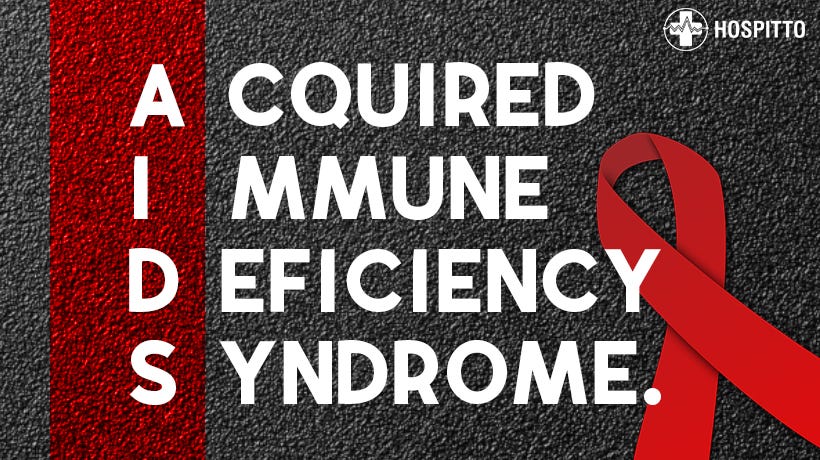EXAMPLES OF MODERN EPIDEMICS:
 |
| Credit: https://www.technologynetworks.com/immunology/articles/epidemic-vs-pandemic-323471 |
Aids (Acquired Immune Deficiency Syndrome)
- first reported in US in 1981 and now a major worldwide epidemic
- caused by the human immunodeficiency virus (HIV)
- by killing or harming cells of the immune system, HIV destroys the body's
- ability to fight infections and certain cancers so victims are in danger from life-threatening diseases called opportunistic infections, which are caused by microbes that usually do not cause illness in healthy people
- illnesses show as symptoms such as fever, fatigue, night sweats, loss of appetite, swollen lymph glands, weight loss, yeast infection, diarrhoea, dry mouth, rashes, headache, dry cough, memory and movement problems
- although there is no cure, some drugs slow the pace of infection
- HIV is spread by direct contact with infected body fluids, including blood,
- semen, vaginal secretion and breast milk; this means HIV in one of these fluids must get into the bloodstream by direct entry into a vein, a break in the skin or through mucous linings (other body fluids such as urine, saliva, vomit do not pose a risk unless visible bļood is present; nor do mosquito bites)
- HIV is not easily transmissible (not transmitted through sneezing, coughing, eating or drinking from common utensils or being around a person with HIV; not transmitted through air, water, food or casual contact such as shaking hands, hugging, or use of restrooms and drinking fountains)
- no country is unaffected by Aids but getting help if you have Aids differs from country to country e.g. many victims in Africa are too poor to get drugs, lack education to know much about the disease, and have governments who are often slow to act (some leaders refused to accept that HIV was linked to Aids).
 |
| AIDS Credit: https://medium.com/@info.hospitto/acquired-immune-deficiency-syndrome-63a761659f72 |
Avian Influenza (Bird Flu)
- does not usually make wild birds sick, but can kill domesticated birds
- normally does not infect humans; however, infections and outbreaks in humans have been reported since 1997 such as outbreaks in Hong Kong and the Netherlands which killed both chickens and humans
- millions of chickens have been slaughtered during outbreaks to remove the source of the virus
- spreads mainly from birds to humans, though there is rare person-to-person infection
- symptoms in humans range from typical flu-like symptoms (e.g., fever, cough, sore throat, muscle aches) to eye infections, pneumonia, acute respiratory distress, viral pneumonia
- no specific treatment; scientists continue to search for vaccines
- because it does not commonly infect humans, there is little or no immune protection in humans so if an avian virus were able to infect people and gain the ability to spread
- easily from person to person, a pandemic could begin.
 |
| ©GettyImages/Merrimon Credit: https://www.foodnavigator.com/Article/2020/02/11/Bird-flu-in-Germany-unlikely-to-be-transmitted-via-infected-eggs-and-sausages |
Ebola Haemorrhagic Fever (EHF)
- one of the most deadly viral diseases known (kills 50-90% of all cases)
- named for river in Zaire, Africa, where it was first seen, in 1976
- since then there have been many outbreaks of it in Africa and the virus was found in monkeys in quarantine labs in the US.
- incubation is 2 to 21 days after infection
- symptoms are high fever, weakness, chills, headaches, pains, sore throat, loss of appetite, vomiting, hiccups, red and itchy eyes, diarrhea, rash, failure of blood to clot; bleeding (from eyes, lips, ears, nose, gums, skin)
- spreads through sexual contact, or hypodermic needles being reused on patients
- no specific treatment or vaccine.
 |
| © The World Health Organization/Junior D. Kannah Credit: https://thehill.com/policy/healthcare/513106-new-ebola-outbreak-in-congo-raises-alarm |
SARS (Severe Acute Respiratory Syndrome)
- viral respiratory illness first reported in Asia in 2003 from where it spread to more than two dozen countries before it was contained (hundreds died)
- symptoms include high fever, headache, overall feeling of discomfort, body aches, diarrhea, dry cough, pneumonia
- spread by close person-to-person contact e.g. when an infected person coughs or sneezes, or when a person touches something contaminated with infectious droplets and then touches his or her mouth, nose, or eye(s)
- incubation period is 2 to 14 days
- treatment is quarantine; scientists continue to search for vaccines.
 |
| Christian Keenan/Getty Images Credit: https://www.history.com/news/sars-outbreak-china-lessons |